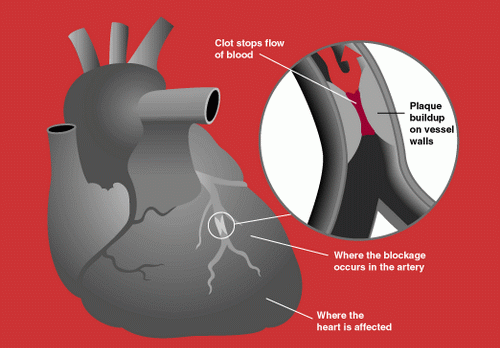
Heart Disease Is The Number 1 Killer Of US Men And Women
Heart diseases are responsible for every one in four deaths due to a medical condition in the USA. That’s around 600,000 people per year. For both men and women, heart disease is the leading cause of death. Every year, 715000 individuals have heart attacks (coronary heart disease) and they kill 385000 people per year in the USA. Heart attacks cost the country around $110 billion per year. This includes healthcare services, medication and loss of productivity. Deaths by heart diseases vary according to geographical location and ethnicity. Caucasians have the highest death rate while Native Americans have the lowest. It is important to note that these deaths can be reduced by early detection and management — 47% of deaths due to heart attacks happened outside a hospital. If healthcare services are within easy reach, this number will drop significantly.
- Important notification about information and brand names used in this slideshow!
- Photo courtesy of The cat by Wikimedia Commons : commons.wikimedia.org/wiki/File:Heart_attack_diagram.png
- Oxford handbook of clinical medicine
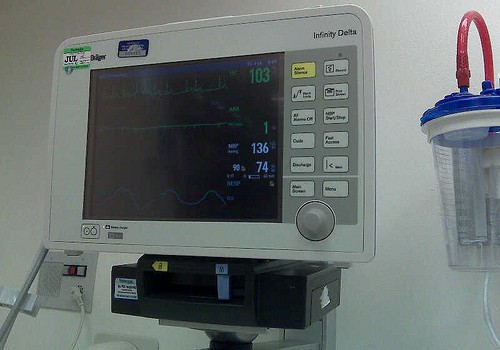
Irregular Heartbeat
Heart rhythm is regulated by an electrical node called the SA node situated in the right atrium. If that fails, then the AV node takes over. These nodes usually fire off electrical impulses at regular intervals. In normal healthy individuals, the heart rate changes according to breathing. It increases with breathing in and slows down with breathing out. This is called sinus arrhythmia and it is the most common cause of an irregular heartbeat. Extra beats of the atria and ventricles occurring in between normal regular beats send extra pulse waves along the arteries. The normal sinus rhythm is preserved. Just a few extra beats occur here and there. These are called atrial and ventricular extra-systoles. When the SA node is not functioning the atrial muscle fires electrical impulses haphazardly. This is called atrial fibrillation. Not every impulse that reaches the ventricles from the atria causes a contraction because ventricles have an unresponsive duration in between two contractions. Haphazard impulses cause haphazard contractions. Therefore, the pulse is totally irregular.
- Important notification about information and brand names used in this slideshow!
- Photo courtesy of Shawn Brandow by Flickr : www.flickr.com/photos/deartistzwei/2283339895/
- Oxford handbook of clinical medicine
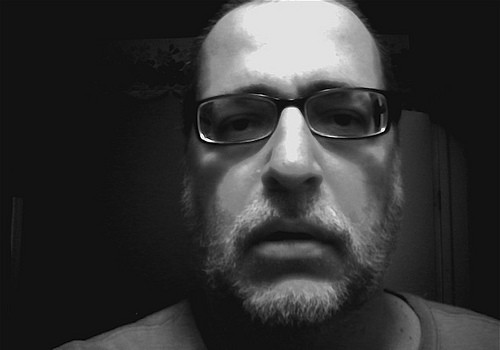
Feeling Intense Anxiety
Intense anxiety can be due to cardiac as well as hormonal causes. In heart attacks (myocardial infarction), there is activation of the sympathetic nervous system. This system governs our fright, flight and fight reactions. There is excessive sweating, a rapid heartbeat, rapid breathing and panic. There is also increased secretion of adrenalin, noradrenalin and glutamate in the brain and endocrine system. These compounds are excitatory neurotransmitters. There is a reduction of “the feel good brain chemical” serotonin. Certain hormones can give the same effect. Thyroxin, adrenalin and cortisol produce the same effects when increased. There are certain drugs that can result in a hyperactive state.
- Important notification about information and brand names used in this slideshow!
- Photo courtesy of Mike Zellers by Flickr : www.flickr.com/photos/mikezellers/2706076307/
- Oxford handbook of clinical medicine
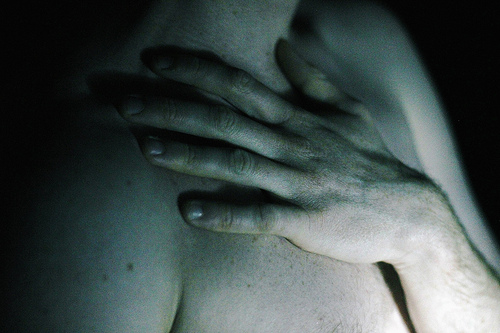
Pressure In The Chest
Pressure in the chest can also be due to myocardial infarction. When there is transient loss of blood supply to the heart muscle, a short lasting pressure may be felt inside the chest. Other conditions may also present like this. Blood clots form in deep veins of the legs in some people. This is called deep vein thrombosis. Pieces of these clots can shoot up and get stuck inside the arteries supplying the lungs. This is called pulmonary embolism. It presents with an intense chest pain and low blood pressure. If there is a history of prolonged immobilization, pulmonary embolism comes high up in the list of probable causes. Non-lethal conditions like gastritis also present with a chest pain. ECG is normal in these cases.
- Important notification about information and brand names used in this slideshow!
- Photo courtesy of Casey Muir-Taylor by Flickr : www.flickr.com/photos/caseydavid/8403429148/
- Oxford handbook of clinical medicine
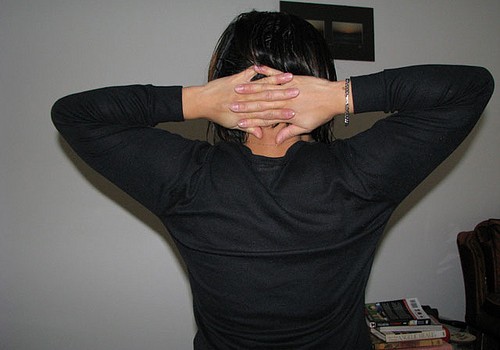
Tearing Pain In The Upper Back
A tearing pain in the upper back is typical of aortic dissection. Aortic dissection is a cardiothoracic surgical emergency.There is almost always a history of uncontrolled high blood pressure. The blood stream splits the wall of the aorta giving rise to a sudden extreme tearing pain in the upper back and chest. Patients with aortic dissection should be considered for surgery because, if untreated, it can move distally and proximally causing life threatening complications. If the splitting moves towards the heart it can block arteries supplying the heart muscle. If it moves distally it can block arteries supplying the brain and arms. This is quite a dangerous condition and around 10% die on the theater table.
- Important notification about information and brand names used in this slideshow!
- Photo courtesy of Rhona-Mae Arca by Flickr : www.flickr.com/photos/musespeak/8512557520/
- Oxford handbook of clinical medicine
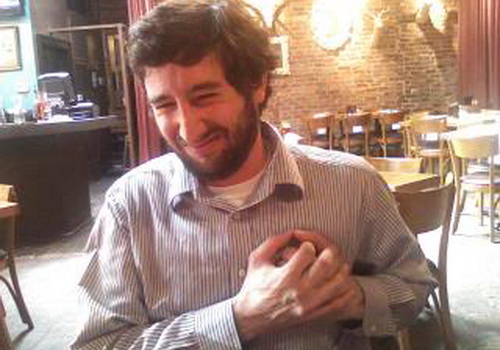
Chest Pain
Chest pain is the most important symptom of a heart attack. It has unique features that set it apart and make it easier for doctors to suspect a heart attack. A reduction of blood supply to an organ is called ischemia. Ischemic chest pain is felt just behind the front wall of the chest. It feels like somebody is squeezing the heart, and is very intense. It comes on quite suddenly. It spreads along the inner aspect of the left arm and up the left side of the neck to the left side of the jaw. Clinical guidelines say that this type of a chest pain lasting more than 20 minutes is most probably due to a major heart attack (myocardial infarction). Ischemic chest pain reduces with rest and GTN tablets. If you get chest pain like this, get yourself to hospital ASAP.
- Important notification about information and brand names used in this slideshow!
- Photo courtesy of plecostomusic by Photobucket : media.photobucket.com/user/plecostomusic/media/0805091455a-1.jpg.html?filters[term]=chest%20pain&filters[primary]=images&filters[secondary]=videos&sort=1&o=5
- Oxford handbook of clinical medicine
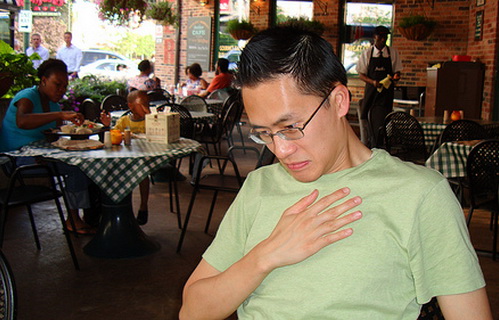
Indigestion
Dyspeptic symptoms or indigestion causes features that are sometimes mistaken for heart attacks. Severe gastritis pain is felt in the upper abdomen and chest. There can be shortness of breath as well as nausea and vomiting. Gastro-esophageal reflux disease is characterized by regurgitation of gastric acids up the esophagus. Acidity burns the inside of the esophagus causing intense pain that mimics a heart attack. Reflux disease is more common at night after going to sleep. Ischemic chest pain occurs during the day time at work. ECG changes are absent in gastritis and reflux disease.
- Important notification about information and brand names used in this slideshow!
- Photo courtesy of Eric Chan by Flickr : www.flickr.com/photos/maveric2003/3788245602/
- Oxford handbook of clinical medicine

Shortness Of Breath And Fatigue
Shortness of breath may be due to cardiac and lung diseases. In cold weather and with infections, asthmatics and people with COPD experience difficulty in breathing. Inhalers, nebulization and intra-venous drugs may be needed. Pneumonia, bronchiectasis and lung abscess are some sinister lung conditions that cause acute shortness of breath. Pulmonary embolism also causes severe difficulty in breathing because a blocked artery effectively reduces the entry of oxygen into blood. Heart attacks may damage the heart muscle to such an extent that its function is impaired. This is called heart failure. It leads to accumulation of fluid in the lungs. This is called pulmonary edema and it is the main reason for shortness of breath following major heart attacks.
- Important notification about information and brand names used in this slideshow!
- Photo courtesy of Louis Vest by Flickr : www.flickr.com/photos/oneeighteen/8145021132/
- Oxford handbook of clinical medicine
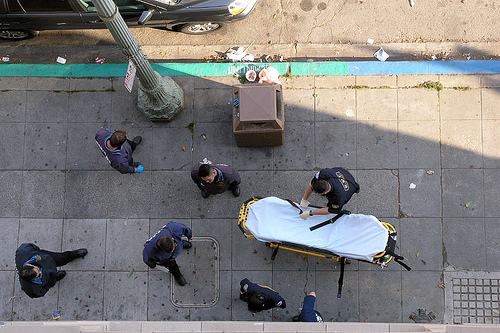
When To Call 911?
If you get a typical ischemic tightening chest pain, suddenly, with sweating, a rapid heart rate, and difficulty in breathing go to the emergency room or call 911 ASAP. If it is a major heart attack, you will need drugs to prevent further damage to the heart muscle. Some drugs achieve the best results when they are given as early as possible. Sprains of the upper back and chest muscle may also cause pain similar to a heart attack. But there will be a history of unusual movements, pain while breathing and pain on touch. In any case it is safer to get an ECG and see if there is any abnormality. Better safe than sorry.
- Important notification about information and brand names used in this slideshow!
- Photo courtesy of juicyrai by Flickr : www.flickr.com/photos/wink/407189641/
- Oxford handbook of clinical medicine
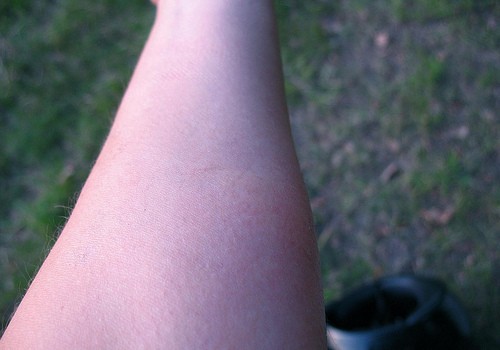
Tingling Sensation In The Arms
A tingling sensation of the inner aspect of the left arm can occasionally be the only symptom of a heart attack. Ischemic chest pain radiates along the left arm and left side of the neck and jaw. This is because same nerves supply the heart, side of the neck and inner aspect of the arm. Tingling feelings in the arms may be due to neurological conditions as well. Chronic high blood sugar levels damage the sensory nerves of arms and legs. The typical distribution of tingling sensations in diabetes patients is in the area that would be covered by gloves and boots. Thus it is aptly named the “glove and stocking type of parasthesia”.
- Important notification about information and brand names used in this slideshow!
- Photo courtesy of l r by Flickr : www.flickr.com/photos/lr/2808678772/
- Oxford handbook of clinical medicine









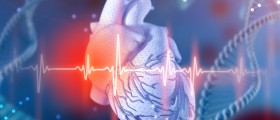
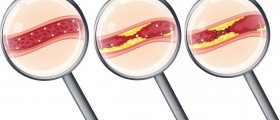






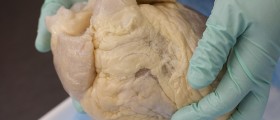
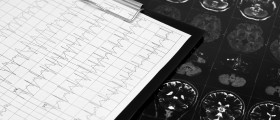
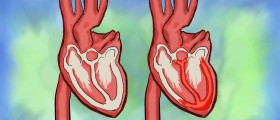

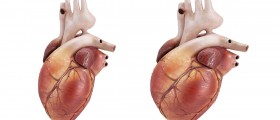
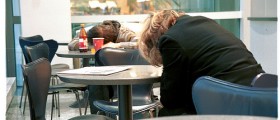
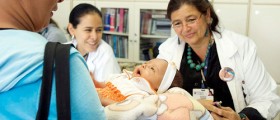



Your thoughts on this
Loading...